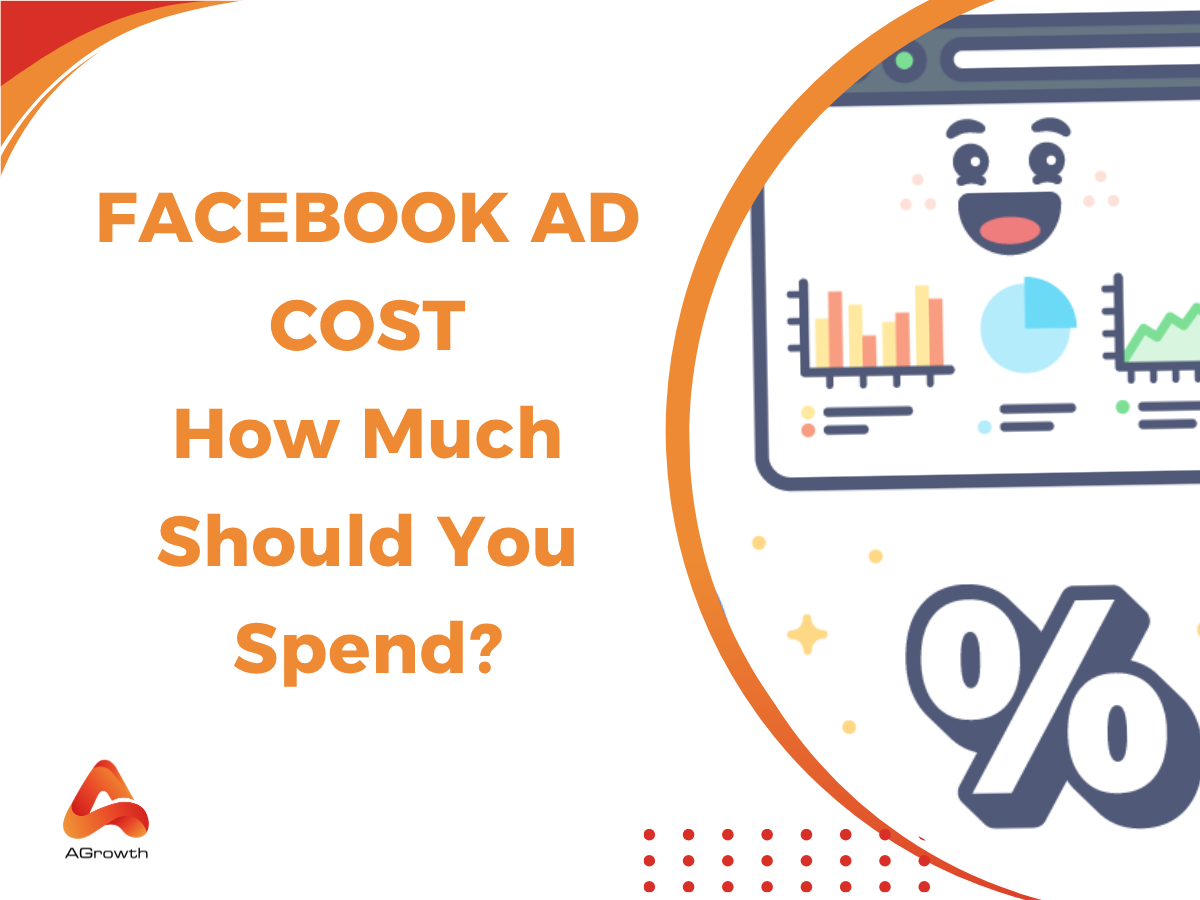
Table of Contents
Facebook Ads Cost In 2025: How Much Should You Spend?
With more than 3 billion monthly active users, Facebook remains a powerhouse for digital advertising. From small startups to global brands, advertisers continue to flock to the platform to engage their target audience. However, one of the most frequently asked questions by marketers is: How much do Facebook ads cost?
Understanding Facebook ad costs is essential for building a profitable campaign strategy. Unlike fixed-rate advertising, Facebook uses a dynamic auction system, which means ad prices vary based on multiple factors, from your target audience to the quality of your creatives.
In this guide, we’ll break down the current Facebook ad pricing structure, share cost averages, explore what influences these rates, and offer practical tips for reducing your advertising expenses while maximizing return.
What Is Facebook Ad Cost?
Facebook ad cost refers to the amount advertisers pay to display their ads to users on Facebook and its associated platforms, such as Instagram, Messenger, and the Audience Network. The platform operates on a bidding system, where advertisers set budgets and bids to compete for ad space in the user feed.
Facebook Ad Cost Structure
Before diving into how much you'll actually spend, it's important to understand how Facebook's ad pricing system works.
Auction-Based Bidding System
At the core of Facebook’s pricing model is its ad auction. As soon as there’s an opportunity to show an ad to a user, Facebook runs a real-time auction. Your bid competes not only with other advertisers but also takes into account ad relevance and estimated action rates. Essentially, Facebook selects the “best” ad for the user—not necessarily the highest bidder.
Types of Pricing Models
-
CPC (Cost Per Click): Ideal for driving traffic to your website or landing page.
-
CPM (Cost Per Mille): Suitable for brand awareness and reach campaigns.
-
CPA (Cost Per Action): Used for conversion-focused strategies like purchases or app installs.
-
CPL (Cost Per Lead): Used when collecting user data through Facebook Ads Lead forms.
Budget Options
Facebook allows two budget types:
-
Daily Budget: How much you’re willing to spend per day.
-
Lifetime Budget: The total amount for the campaign over its entire run.
Advertisers can also manually set bids or allow Facebook to optimize automatically based on their objective.

What affects the Facebook ad cost?
Facebook ad pricing is shaped by a variety of interconnected elements. Whether you're running a local campaign or launching a national promotion, understanding what affects your ad costs can help you make smarter budgeting decisions and increase return on investment.
Below are the most key factors that affects the cost of Facebook advertising:
Audience Targeting Specificity
The broader or narrower your audience, the more it can influence your ad pricing. You can explore more about how to refine your Facebook ads target strategy to balance reach and precision. Campaigns that target very niche demographics such as affluent consumers in a specific zip code or users interested in luxury goods tend to be more expensive due to higher competition. Conversely, broader targeting might lower your CPC or CPM but can lead to less relevant traffic. It’s important to strike the right balance between reach and precision.
Campaign Objective
Facebook allows you to choose from various campaign objectives such as brand awareness, website traffic, engagement, lead generation, app installs, or conversions. Your choice directly impacts on your budget and what you’ll ultimately pay.
Objectives like “Brand Awareness” or “Reach” usually cost less because they require minimal user interaction. In contrast, “Conversions” or “App Installs” are performance-based and tend to be more expensive because Facebook must work harder to deliver tangible results.
Industry and Market Competition
Not all industries are created equal when it comes to Facebook advertising costs. High-value sectors like finance, insurance, legal services, SaaS, or tech often face fierce bidding wars, which inflate CPCs and CPAs. Meanwhile, industries such as education, arts, or local services may enjoy more affordable advertising due to lower demand in ad auctions.
Ad Placement and Network Selection
Where your ad appears on Facebook and its partner platforms significantly impacts pricing. Facebook offers multiple placements including:
-
Facebook News Feed
-
Instagram Stories and Reels
-
Messenger Inbox and Sponsored Messages
-
Facebook Marketplace
-
Audience Network (external apps and sites)
Each of these placements performs differently. The News Feed tends to drive the best engagement but often comes with higher competition and higher CPCs. On the other hand, placements like the Audience Network may cost less but also deliver lower engagement or less qualified traffic.
Ad Quality, Engagement & Relevance Score
Facebook evaluates your ads using a system called the “ad quality ranking,” which includes factors like click-through rate, engagement, and user feedback.
Ads that are well-received by users (e.g., those that receive more clicks, likes, or comments) are typically rewarded with lower costs. This is because Facebook wants to deliver a positive experience for its users—and that includes showing relevant, high-quality ads.
Seasonality and Time of Year
Facebook ad costs fluctuate throughout the year based on supply and demand. During high-traffic shopping seasons like Black Friday, Cyber Monday, and the December holidays, more advertisers are bidding for space, causing CPMs and CPCs to surge. Similarly, industry-specific peaks (e.g., back-to-school for education brands) can lead to higher competition.

How Much Is Facebook Ads Cost?
Facebook ad costs are not fixed, they depend on a variety of dynamic factors. However, here are the average benchmarks for 2025, based on recent industry reports and ad platform data:
|
Pricing Model |
Average Cost (2025) |
|
CPC (Cost per Click) |
$0.80 – $1.50 |
|
CPM (Cost per 1,000 impressions) |
$10 – $16 |
|
CPA (Cost per Action) |
$12 – $25 |
|
CPL (Cost per Lead) |
$5 – $15 |
These averages can fluctuate depending on your niche, target audience, ad quality, and time of year. For instance, during high-competition periods like Black Friday or Christmas, you can expect costs to rise.
How to optimize the cost of Facebook ads
Effective Facebook advertising requires strategic budget allocation and ongoing optimization. Successful campaigns balance cost control with performance maximization through data-driven decision making.
Setting Your Initial Budget
Within Facebook Ads Manager, Facebook requires minimum daily budgets of $1.00 for impression-based campaigns and $5.00 for conversion-focused objectives. However, effective campaigns typically require higher investments to generate meaningful data and results.
Reserve 20-30% of your total budget for testing new audiences, creative formats, and campaign strategies. This approach enables continuous optimization without disrupting successful campaigns.
Cost Optimization Techniques
Regularly refresh ad creatives to prevent audience fatigue and maintain engagement rates. Implement systematic creative testing to identify top-performing content formats.
Use Facebook's audience insights and campaign data to refine targeting parameters. Exclude converting audiences from awareness campaigns and create custom audiences based on engagement levels.
Test different bidding approaches to find the most cost-effective method for your objectives. Monitor auction insights to understand competitive landscape dynamics.
If you're looking for expert support to lower your Facebook ad spend while increasing ROI, our Facebook Ads services can help you scale effectively.
Performance Monitoring Framework
While cost metrics matter, focus on return on ad spend (ROAS), customer acquisition cost (CAC), and lifetime value ratios. These metrics provide clearer pictures of campaign profitability.
Monitor ad frequency to prevent audience fatigue. Frequencies above 3.0 often indicate decreased efficiency and increased costs.
Use Facebook's attribution tools to understand the customer journey across touchpoints. This insight helps optimize budget allocation across campaign objectives.
Final thoughts
Facebook ad cost is flexible, influenced by your goals, audience, and ad strategy. On average, you can expect to pay around $0.80–$1.50 per click or $10–$16 per 1,000 impressions, but these numbers can shift dramatically based on your campaign design. The key to keeping costs low is continual optimization. By understanding how the auction works, leveraging smart targeting, and refining creatives, you can achieve cost-effective results and maximize the impact of every dollar spent.


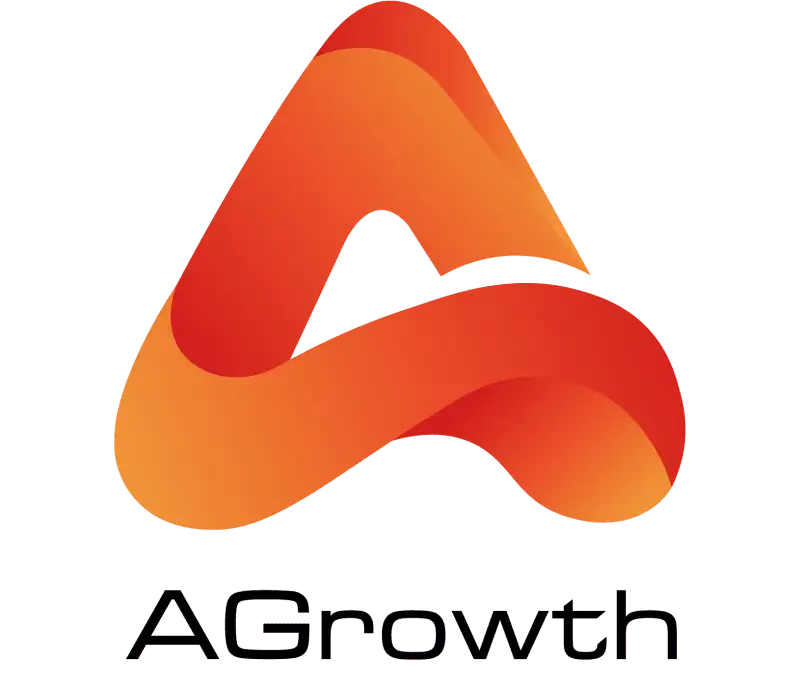
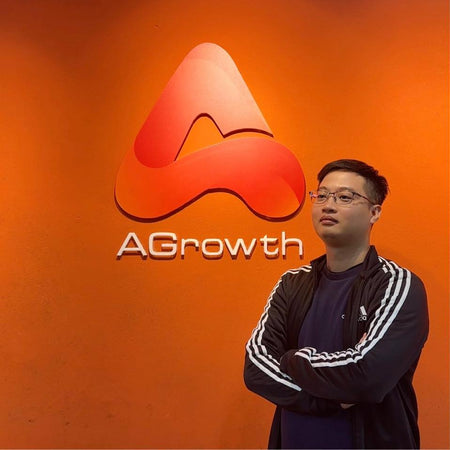
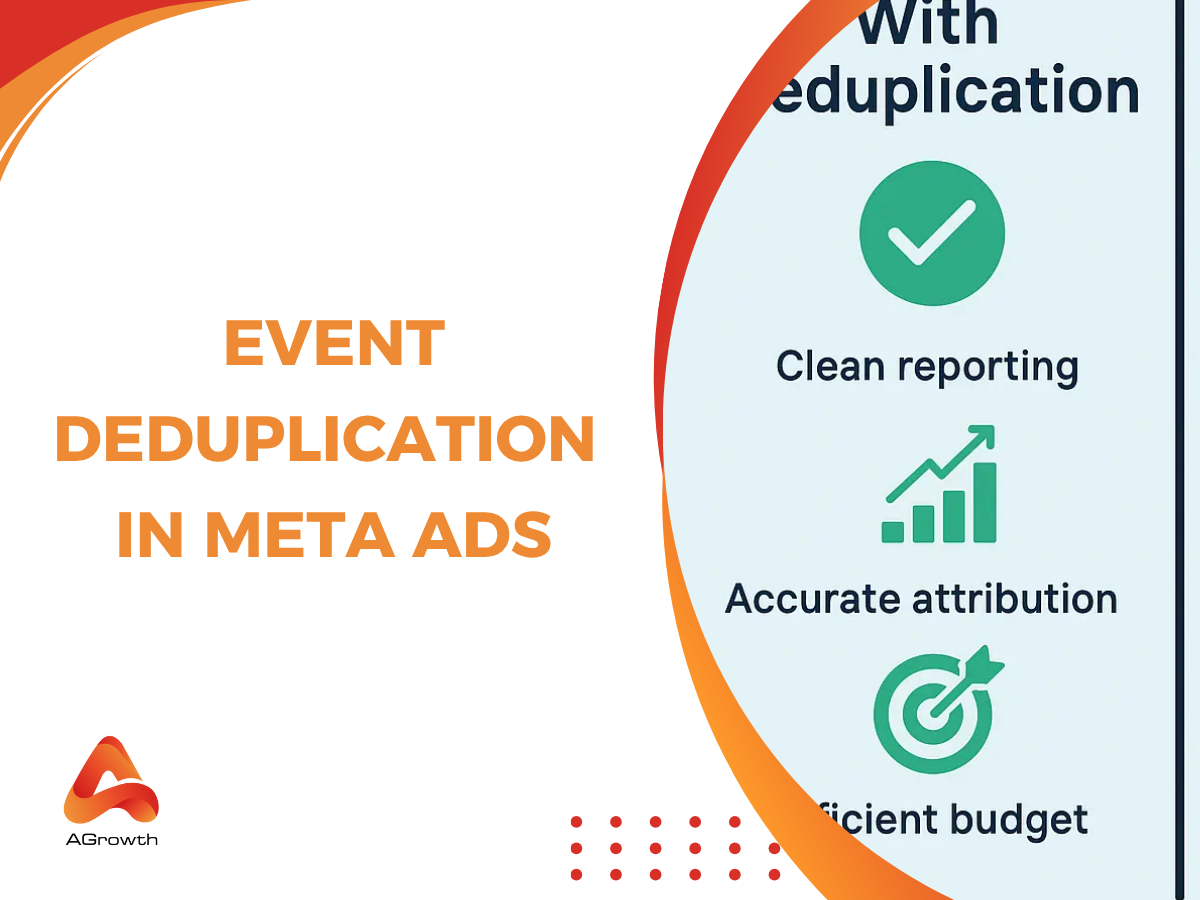
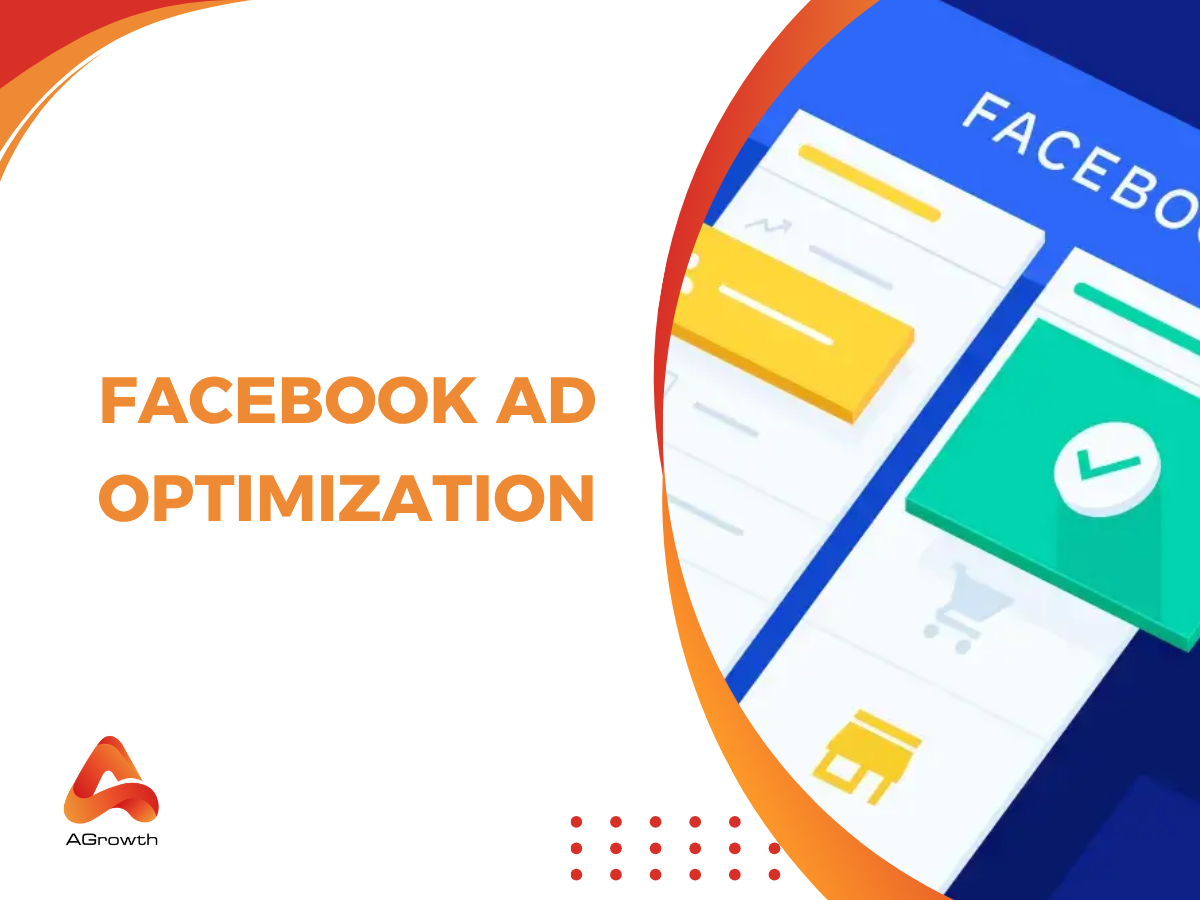
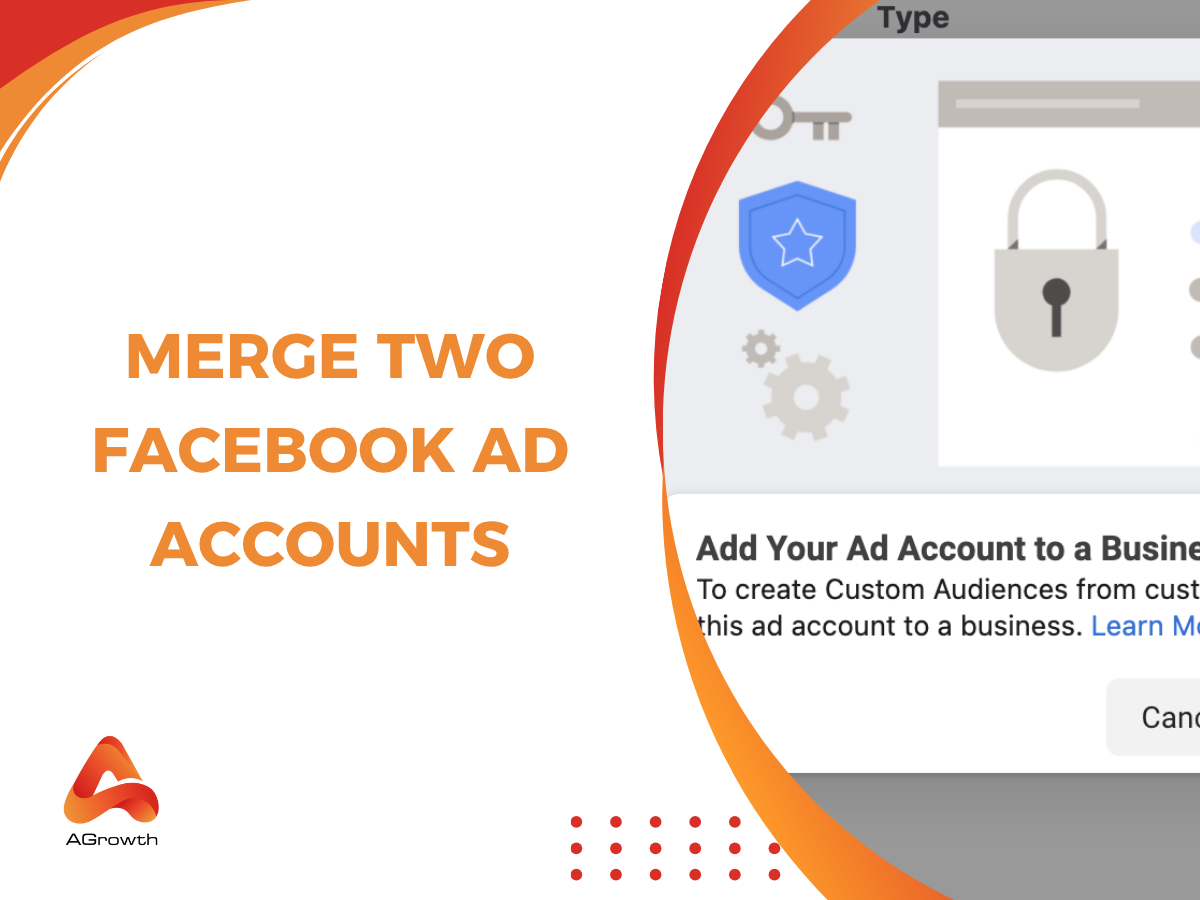
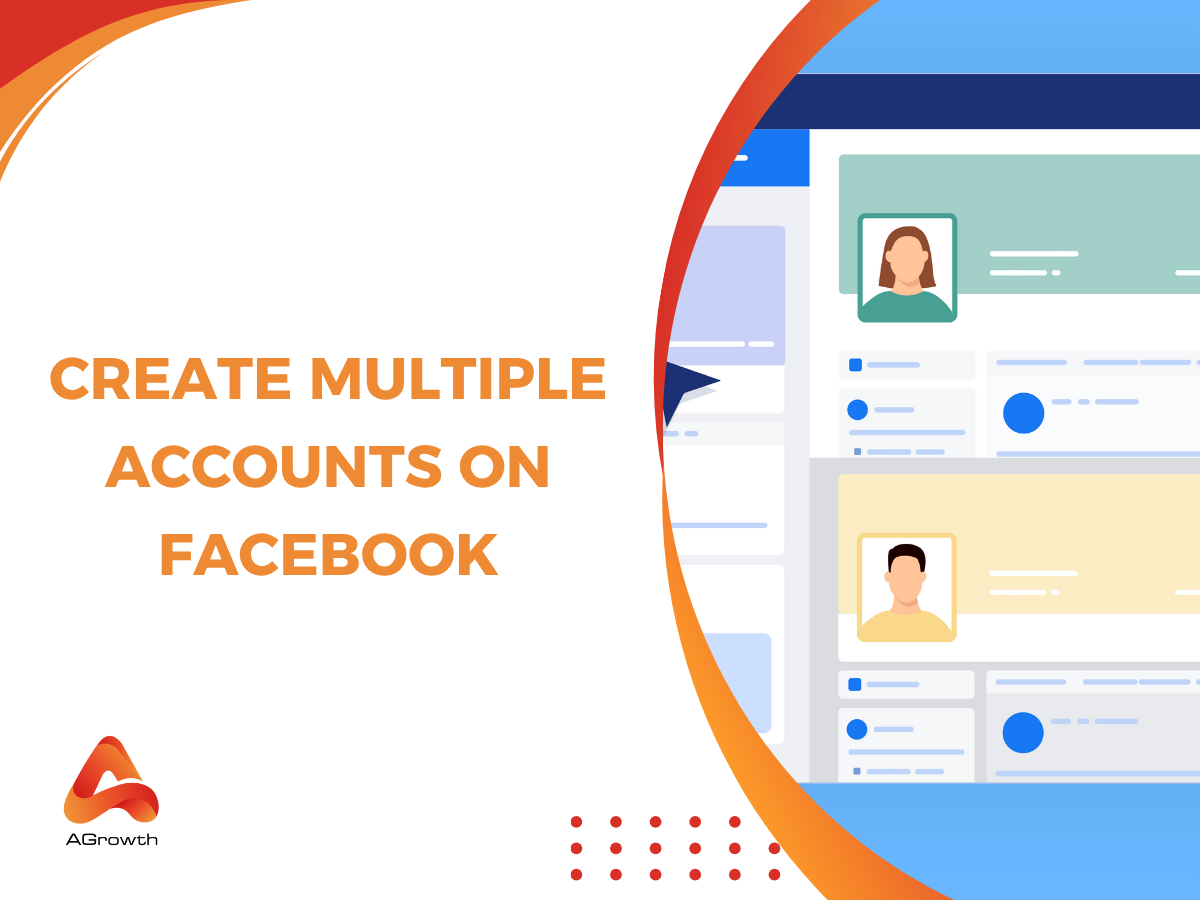
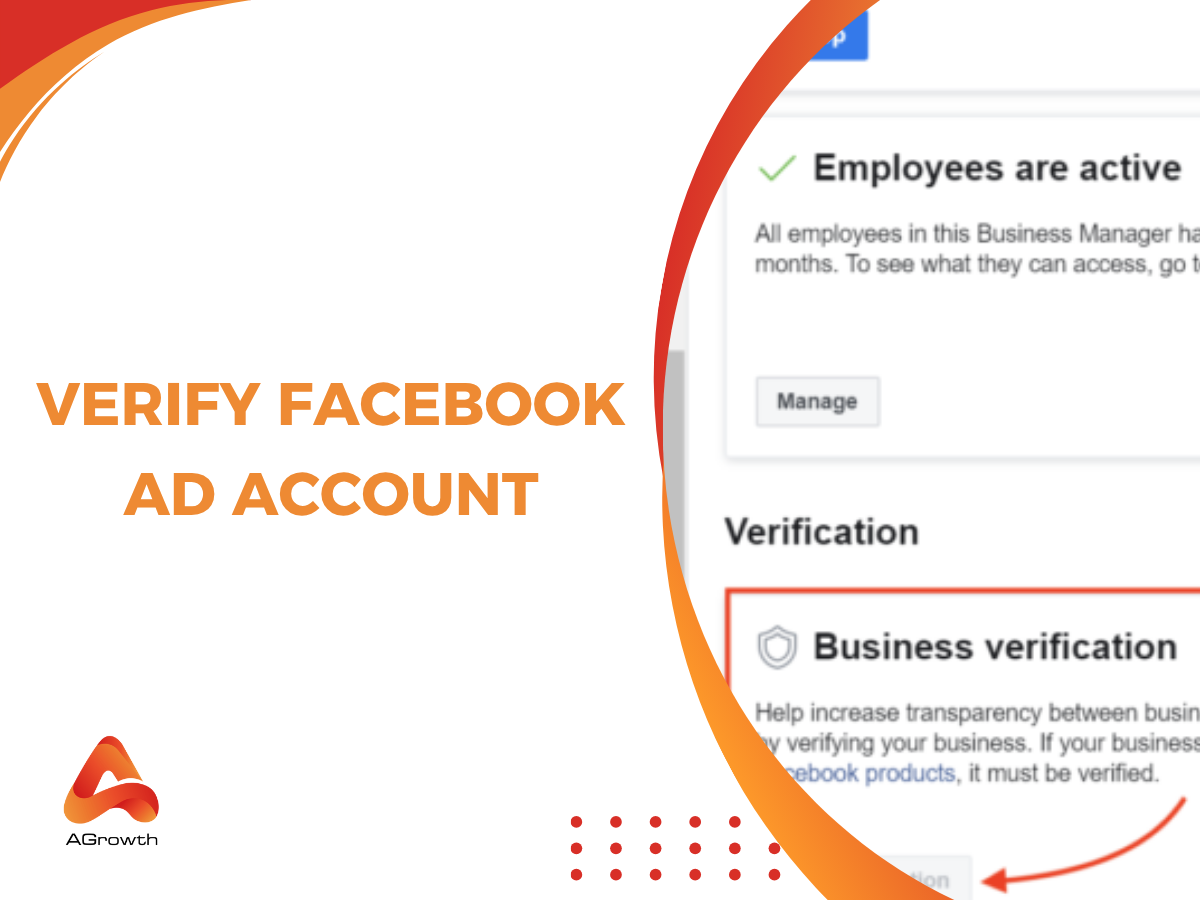
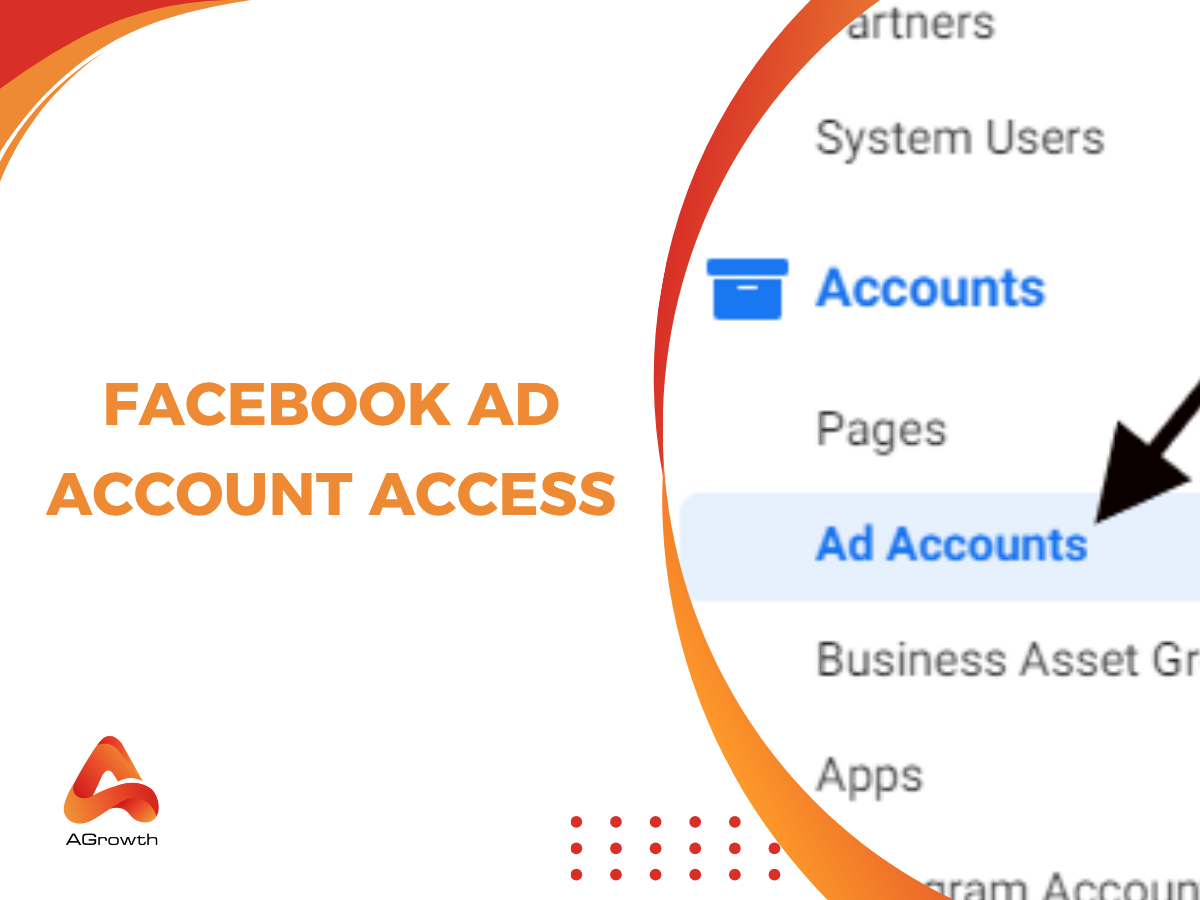
Your comment